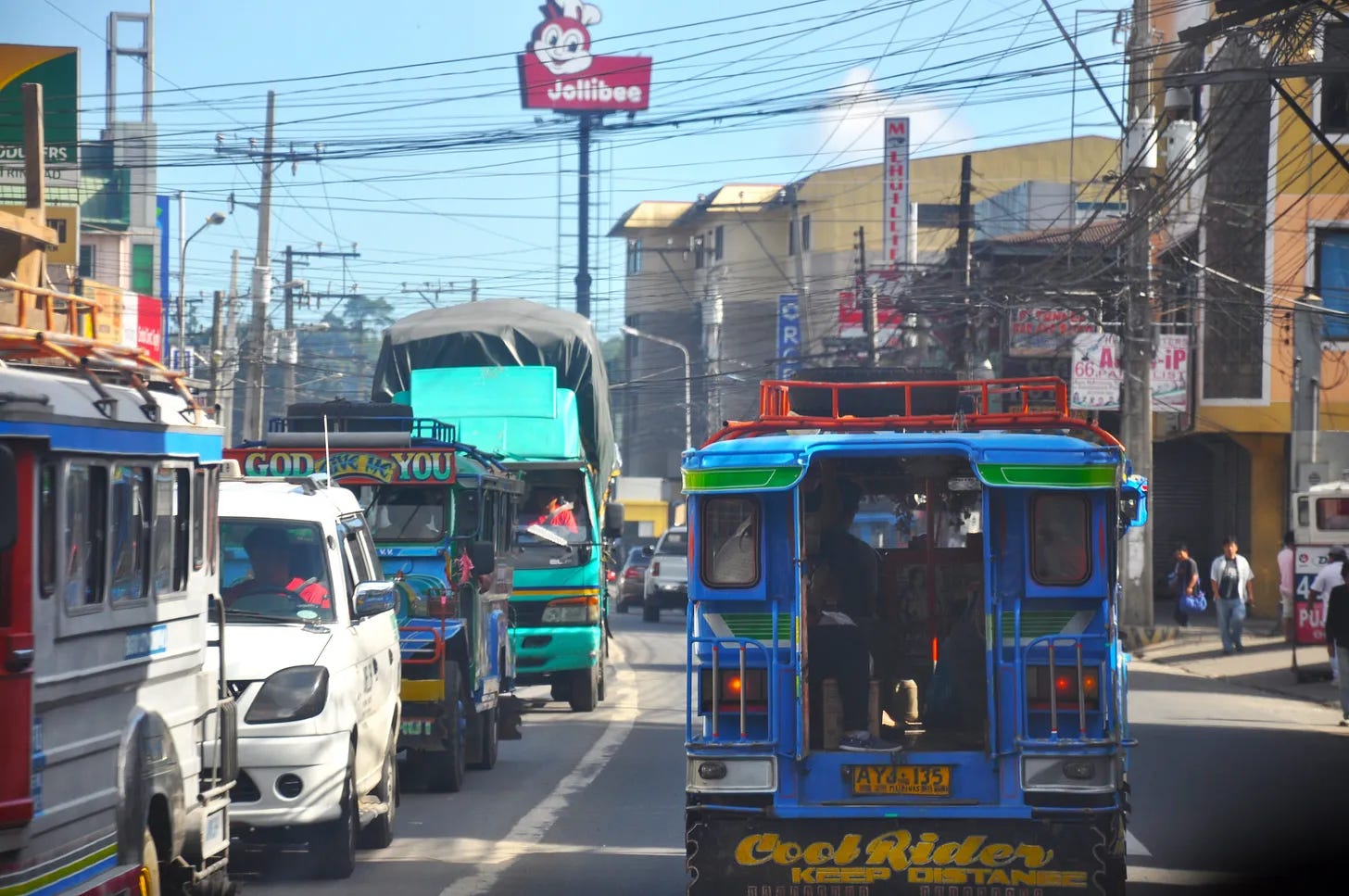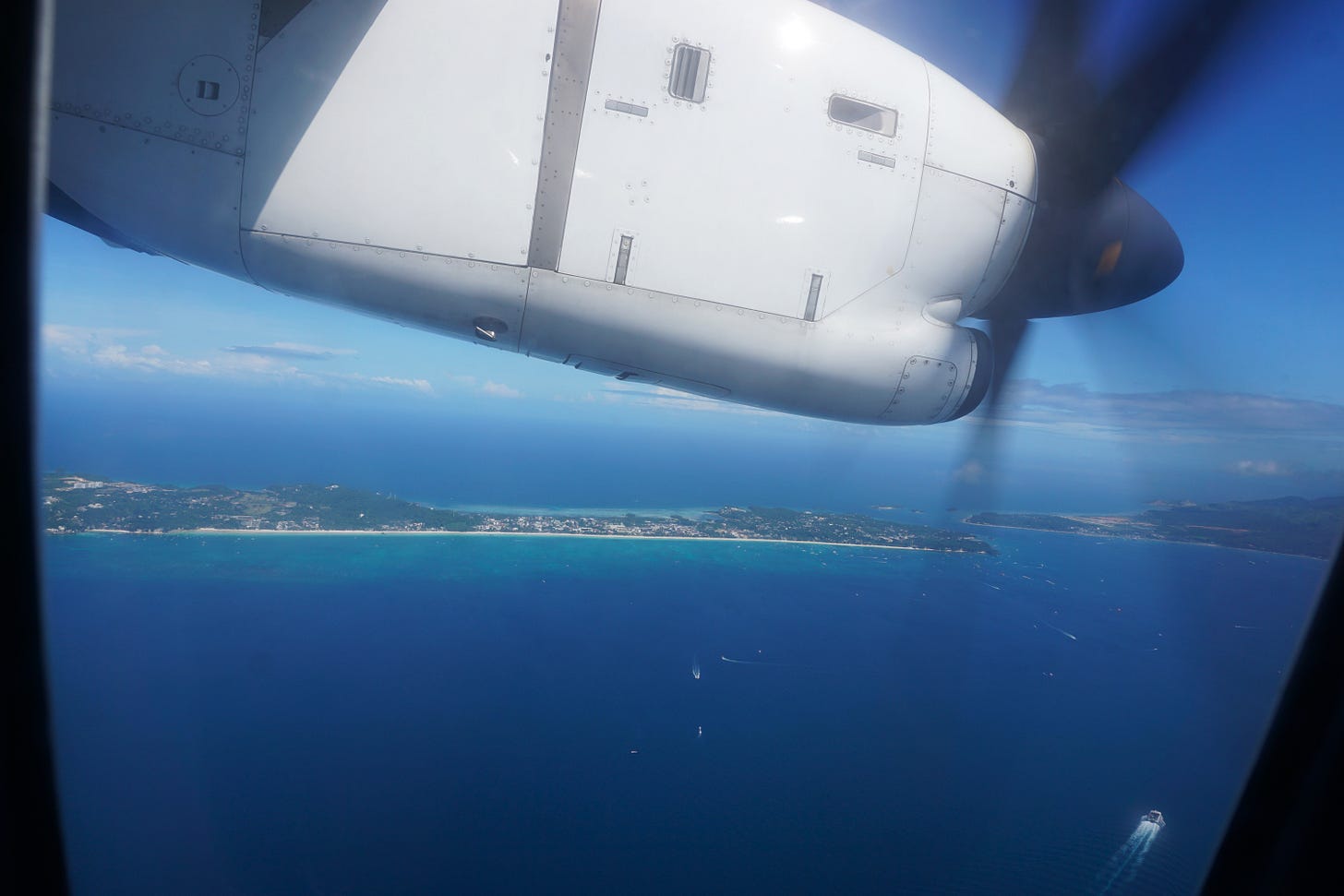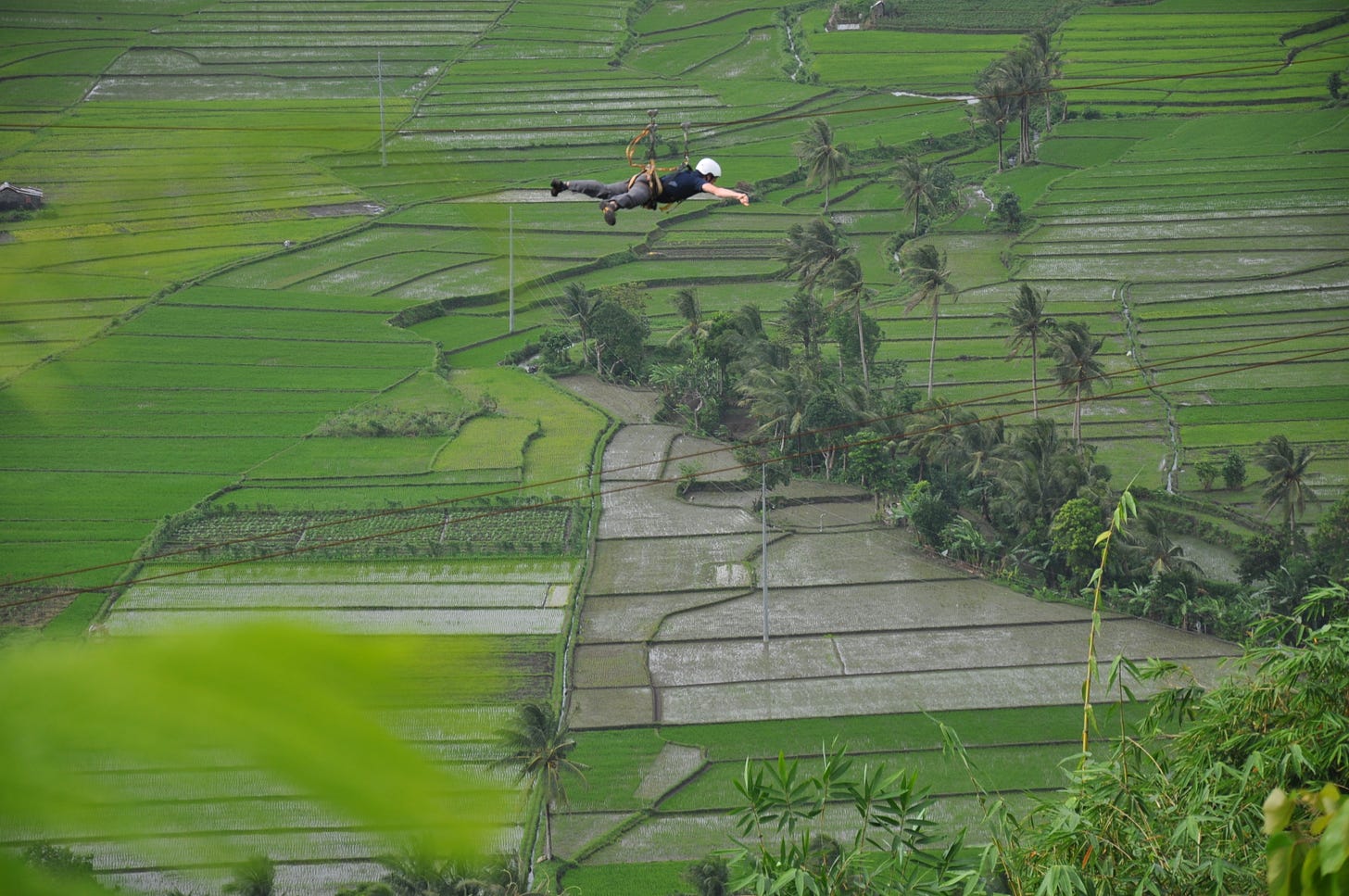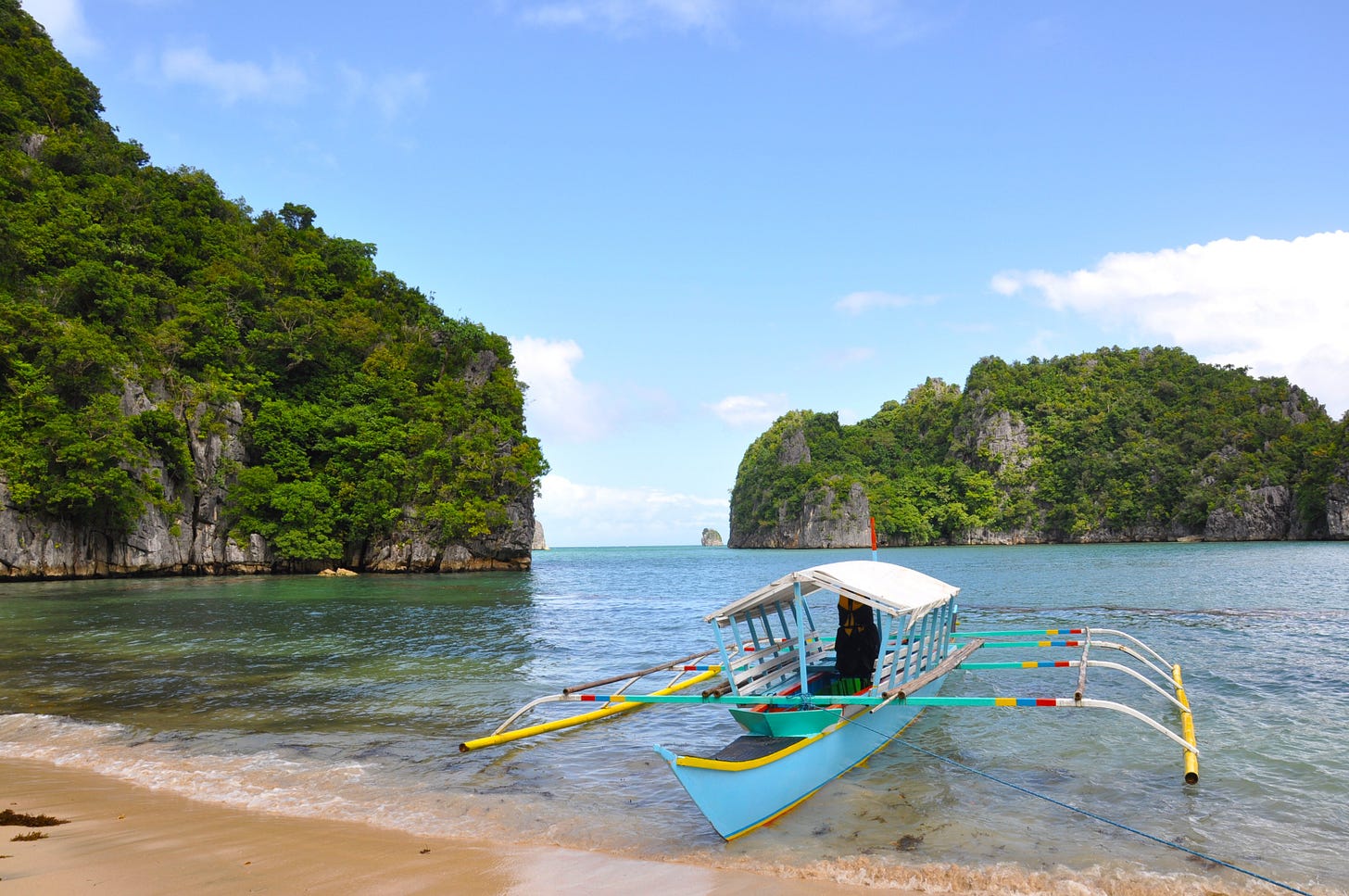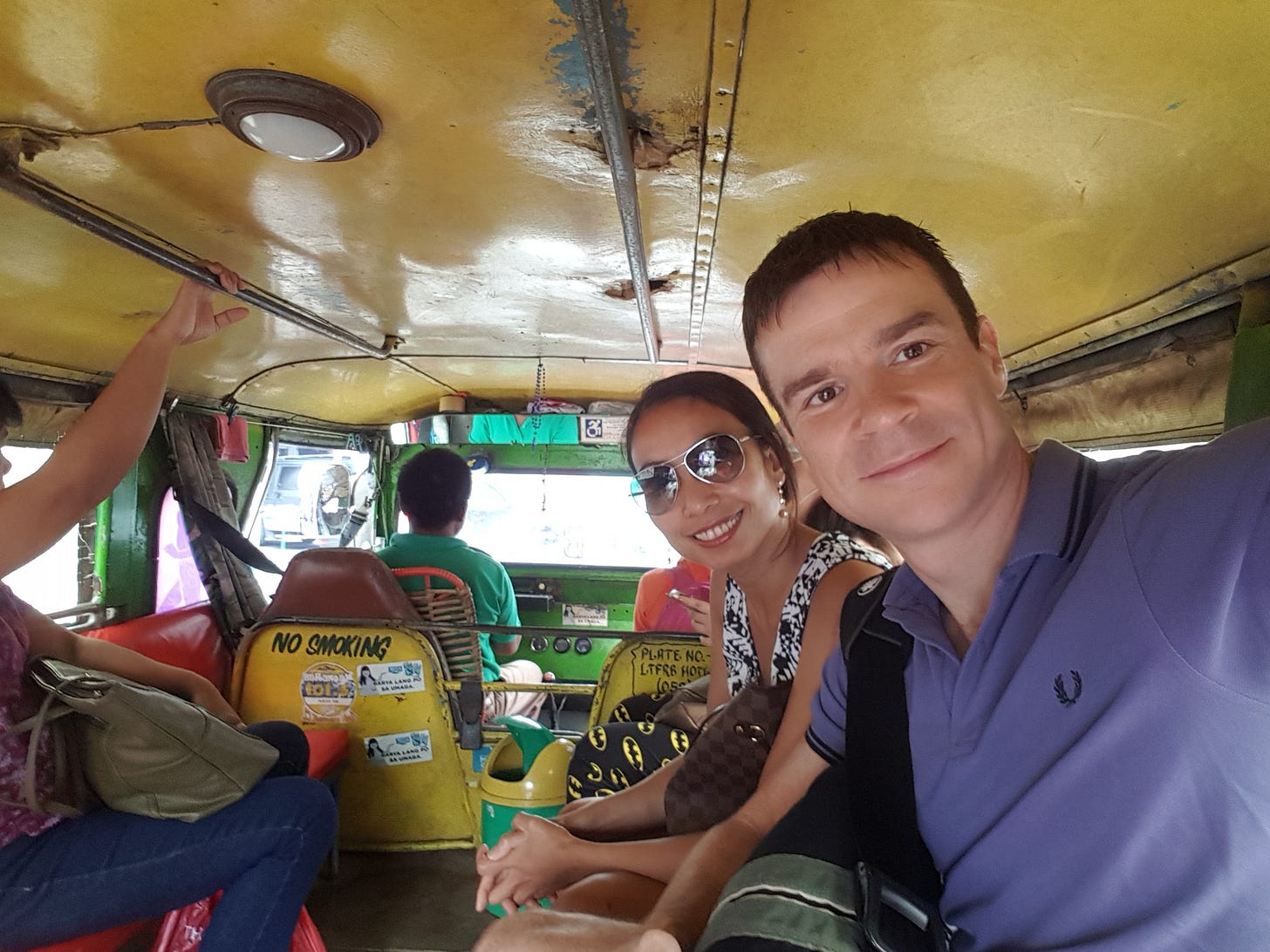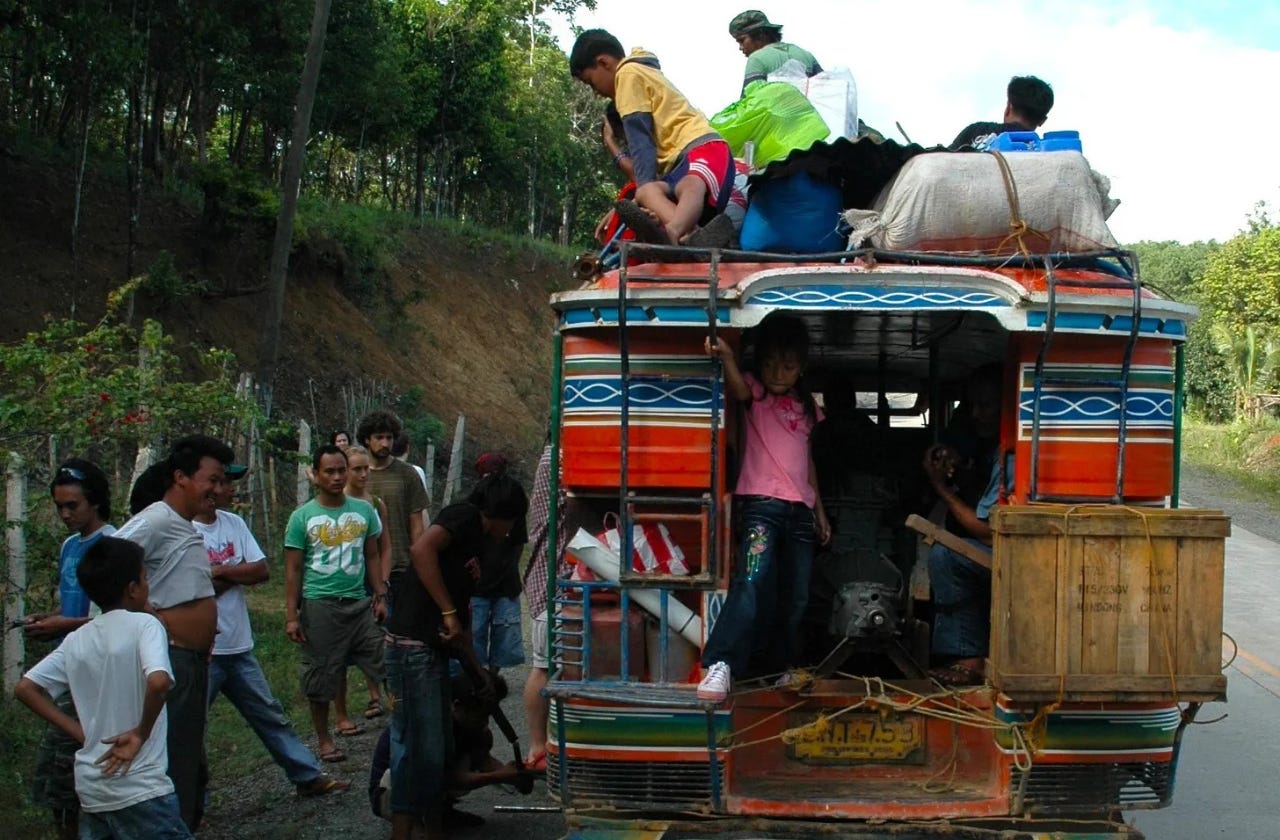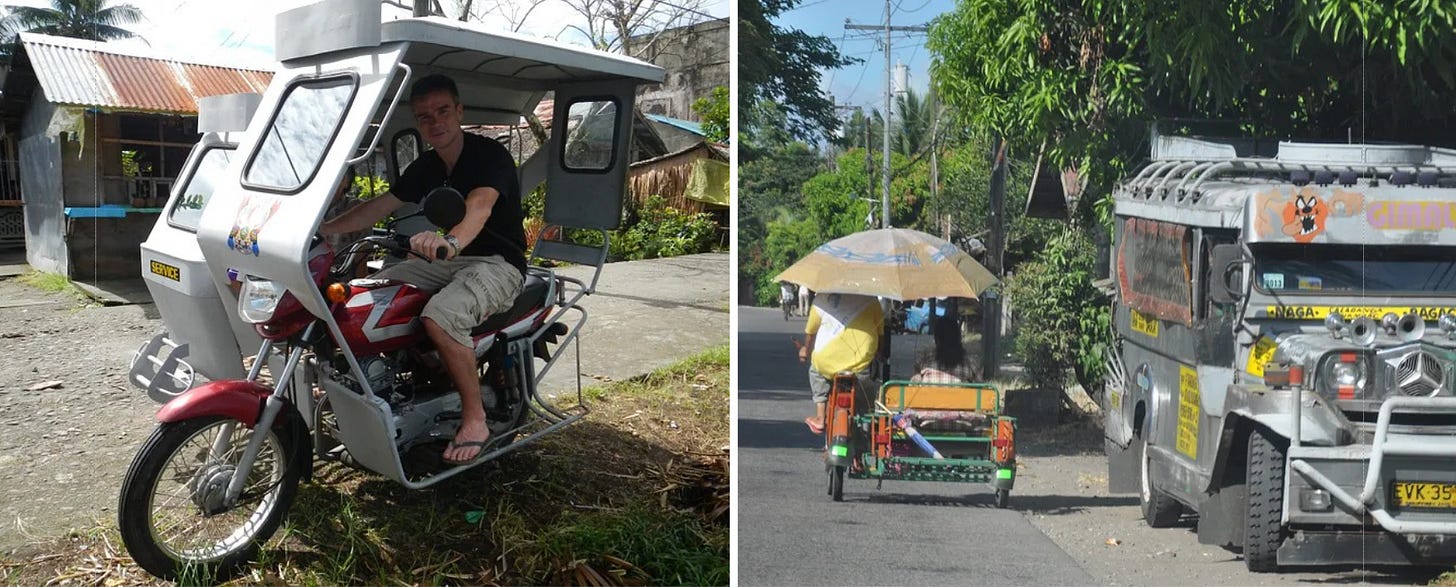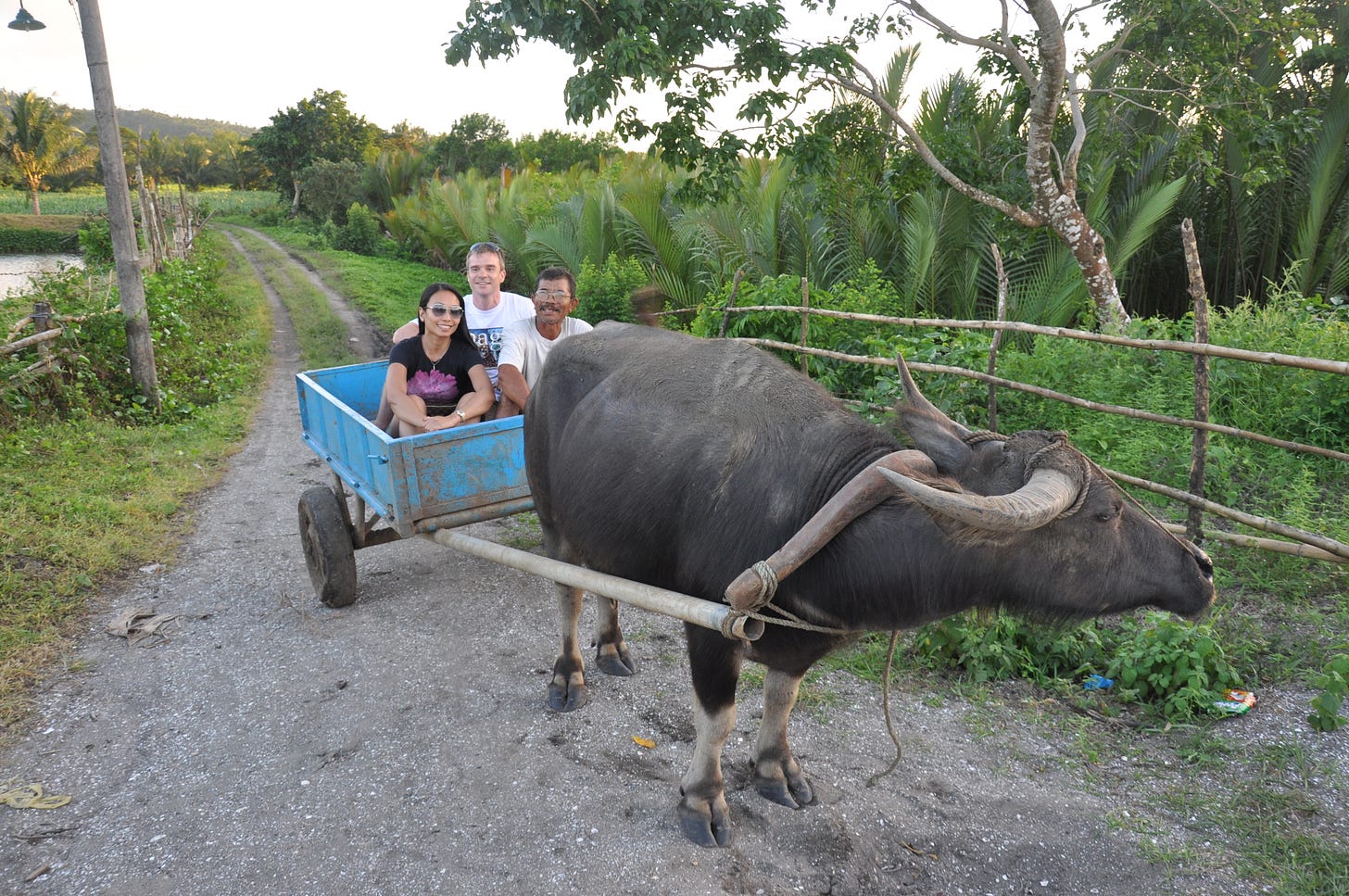From Jeepneys to Tricycles: Navigating the Philippines Like a Local
Exploring the vibrant and unique ways to travel across the Philippines, one ride at a time.
As an archipelago that has must see spots spread from corner to corner of the country, the Philippines has some special transport when it comes to getting around. It’s not quite ‘planes, trains and automobiles’ but rather ‘planes, bangkas, jeepneys and tricycles’. No matter which mode of transport you decide to take, you can be sure that it will be an adventure!
Planes
This is most probably how you will get to the Philippines and still remains one of the most expedient ways to get around the country, enabling you to visit all the remote paradise islands that should be on your list, as well as traversing the main island of Luzon in good time.
Once you get through passport control, you’ll be able to pick up some duty free (yes, on the way in), to stock up on some pasalubong (gifts) for the family, or just to keep you lubricated for your further travels. There are a good selection of low cost airlines, including Cebu Pacific, Air Asia and Tiger Air, and it’s always a highlight to travel on Cebu Pacific when the cabin crew start a game of ‘bring me…’ that can win you some little gifts and easily while away the time as you fly over the country below.
Do plan your air travels with some caution though as most flights need to transit via the Bermuda triangle of Manila airport, where delays are inevitable and sometimes cancellations from passing storms and overloaded traffic control will occur. Even transiting between terminals of Manila can take a few hours, as you will need to exit one terminal and then plough through the Manila traffic in order to get to the other terminals, so be careful on how you plan connections and onward travel.
Linked to air transport will be the taxi journeys that will get you to / from the airport. A highlight of the Philippine taxi is the music…invariably love songs that will have you itching to grab a karaoke mic and start singing. It never ceases to amaze me of how even the gruffest looking taxi driver will have the most sentimental songs coming from the radio!
Bangkas
Bangkas are the traditional boats that ply the seas along the coast of the many islands of the country…looking ostensibly home-made, with their bamboo outriggers, loud engines and tarpaulin roofs. Nonetheless, if you have a bit of time to get around then these make for a wonderful way to move from place to place, and in some cases are the only way to get from point A to point B.
Quite often, if you are a group, you can rent a whole boat for yourselves from local fisherman, so don’t be shy to ask. And if the seas become a bit choppy from a passing squall, feel safe in the knowledge that you will have most of the Catholic Filipinos saying a Hail Mary to make sure the crossing passes safely! On longer journeys do keep in mind the unique, open-air nature of the on-board toilets!
Jeepneys
The national symbol of the Philippines and the offspring of the US Army and Filipino ingenuity…take an army jeep, chop it in half, stretch it out and douse it in all the colours and sparkles of the rainbow and then you will have your Jeepney. You’ll find these ambulatory works of art across the whole country - from private family vehicles to an essential part of the public transport network of each city and from town to town.
Traveling on a Jeepney is a great social experience, far from the unfriendly western mass transport trips, where the Jeepney will make you engage with your fellow travelers…be it from passing your fare down the chain of passengers to the drivers (and getting your change back the same way), to the closeness of the seats that will almost have you sat on top of one another. I still have fond memories of a 10-hour jeepney ride from Puerto Princesa in Palawan that had more than 40 of us trundling along the bumpy roads as we sat on a boat engine, stopping frequently for burst tyres along the way!
Tricycles & the Rest
There are other ubiquitous forms of transport for shorter / around town journeys and the tricyle may be the most iconic of them all. Just like the bangkas and Jeepneys, they look decidedly home-made with a small cabin bolted on the side of a motorbike. The challenge is then to see how many people you can fit inside, at the back and on top! Tricycles also come in with pedal power in the form of the padyak: a three-wheeled, pedal-driven ride that can take you in areas that are usually not reachable by the motorized tricyles or where they are few and far between. It’s a slow, steady, and eco-friendly way to travel, often found weaving through bustling markets and quiet neighborhoods.
And whilst out in the provinces, see if you can pick up a ride with a carabao - a water buffalo that is proposed to be the national animal of the Philippines. One that you will see amongst and alongside all the rice fields, riding a carabao is definitively one of the most natural forms of transport in this part of the world! For journeys into the rice fields and farmlands, it remains the most reliable way to get around where tricycles and padyaks dare not tread.
The Journey is the Adventure
Getting around the Philippines isn’t just about getting from A to B. It’s a full-on experience, packed with color, character, and a little bit of chaos and adventure. Whether you're hopping on a jeepney, weaving through narrow streets in a tricycle, or catching a bangka to explore the islands, every journey is something to remember.
Embracing these local ways of travel not only makes for a more immersive trip but also connects you to the heart and soul of the Philippines - its people. However you choose to travel, one thing’s for sure - getting around the Philippines isn’t just a means to an end. It’s half the adventure, and sometimes, the best stories happen along the way.





